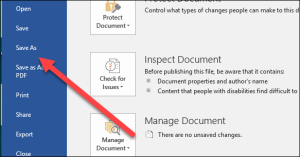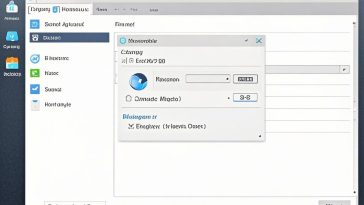A properly formatted title page is essential for research papers, reports, essays, and other documents. Word makes it simple to build a polished title page suited to your work’s specific needs. In this tutorial, I’ll walk through the steps for making a professional title page in Word.
Introduction
The title page introduces a document, providing key details upfront like the title, author name, and publication date. It allows readers to immediately identify the work.
Benefits of creating a title page in Word:
- Presents key information cleanly and clearly
- Creates a good first impression of your work
- Looks professional and organized
- Can match the overall document formatting/style
Here are the main steps to making a title page:
- Setting up the page layout
- Adding the essential elements
- Applying formatting and styles
- Inserting a header/footer
- Saving as a reusable template
Follow the instructions below to design polished, properly formatted title pages in Word.
Step 1: Set Up the Page Layout
In a new Word document, go to Layout and adjust the page size, orientation, and margins as you prefer for the title page. Wider margins provide more room.
Consider using landscape orientation to allow the title to span the page nicely.

Step 2: Add the Key Title Page Elements
Next, insert the necessary information like the research paper or report title, subtitle, author name, institution, publication date, etc.
Make the title bold and enlarged. Center all text elements on the page.

Step 3: Apply Formatting and Styles
Format the text aesthetically with complementary fonts, colors, text effects, and styles.
Consider adding graphical elements like borders, background colors or images, and watermarks to further decorate the title page.

Step 4: Insert a Header/Footer
A header or footer with page numbers, document title, etc. provides consistency.
Double click the header or footer area to open it and enter text or graphics.

Step 5: Save as a Reusable Template
Once designed, save the title page as a Word template to easily reuse its layout and formatting.
Open the template to quickly customize it for any future documents. Update title, text, and styling as needed.
With these steps, you can create perfectly formatted title pages that put your best foot forward. A professional Word title page sets the tone for any document.









